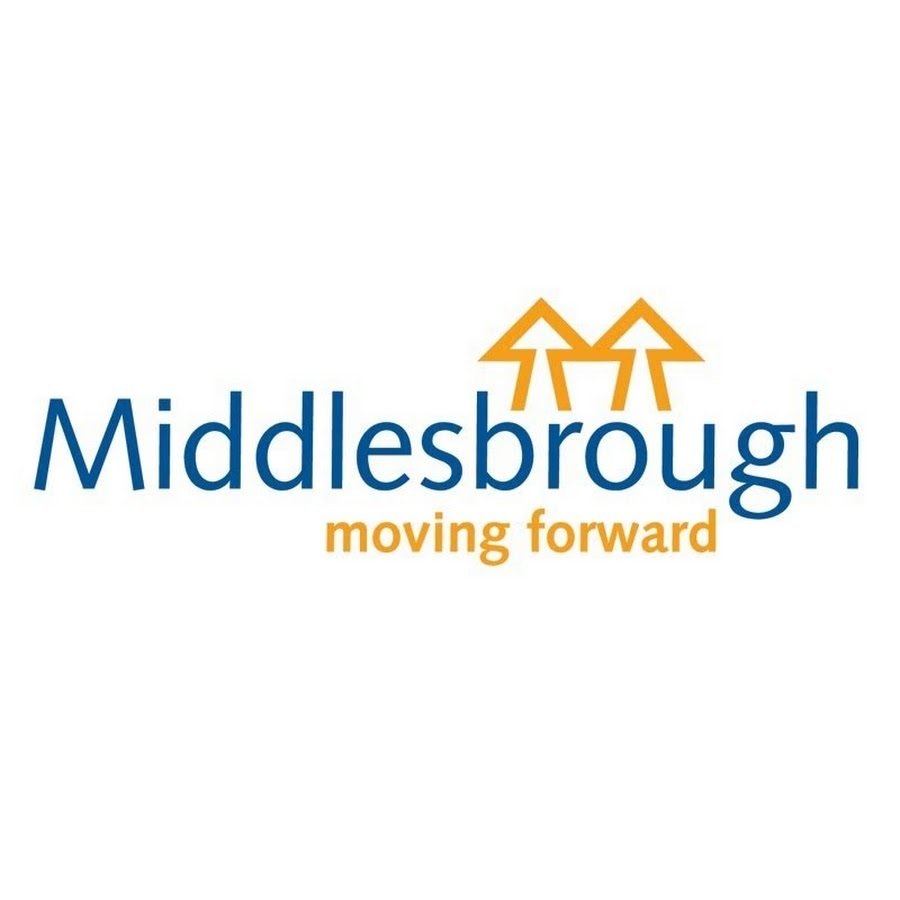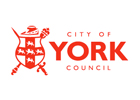
April 2022
The EasyRoute way to fuel efficiency
Best Practices For Designing Waste Rounds By Calum Forsyth
Route design used to be a task municipal and private haulers undertook a handful of times over the course of their careers. As these planned routes evolved, longtime drivers absorbed the changes, and together with their supervisors and managers, the team just made things work — often with the aid of paper-based maps, a whiteboard, and a few hours spent in the conference room.

More and more frequent changes, however, now influence waste collection and highlight the need for a better and more iterative route design process. These changing influences span the full breadth of waste management to include the municipal waste profile, collection streams, population and household makeup, vehicle fleets, customer expectations, and of course, funding.
For many councils, route inefficiencies brought about by such changes have crept in bit by bit over several years. Now, the pandemic and its continued fallout are bringing route inefficiency into its sharpest focus yet. With a driver shortage, skyrocketing fuel prices, and increasing environmental reporting demands hammering municipalities and haulers, the time to design efficient routes and develop a plan for continuous improvement in relation to route efficiency was yesterday. The second-best time, as the saying goes, is today.
Route optimisation software can help.

When Middlesbrough Council successfully deployed Webaspx route optimisation solution to develop a new set of weekly rounds, they achieved a number of benefits. By reducing the number of fully crewed RCVs from 10 to 9, they were able to save 10% of their direct costs, which was equivalent to £150,000 per year. The council also achieved a similar reduction in mileage and CO2 emissions.
“From their introduction the new rounds operated successfully. This was particularly noteworthy as the introduction of these new rounds coincided with a move to a 4 day week.” Ken Sherwood, Waste Policy and Performance Manager, Middlesbrough Council.
Certainly route optimisation can be worthwhile — with savings ringing in at 10 to 15 percent across such projects. With so much at stake, it’s worth following best practices to nail it the first time.
1 Define goals
Do you want to balance routes and workloads, deliver better service, or reduce your number of trucks? Or perhaps you’re changing collection frequency, adding new services, or consolidating routes following a merger or acquisition. Defining the outcomes you seek, as well as their priority, will allow you to scope and resource the project properly before you begin.
2 Resource properly
Once you’ve defined goals for your route optimisation project and scoped appropriately, it’s important to resource the project properly. Ideally, one person can take ownership of the project and software. This person can coordinate teams, keep projects on track, and make sure you have the modelling data you need. If you can dedicate someone to this role and make the project their primary responsibility, the process of route planning is apt to run much more quickly and smoothly.
Regardless of the size of your team, taking a realistic view of available resources at the outset will help you build an achievable timeline with milestones that energise team members and help keep the momentum going— all the way to the finish line.
3 Develop scenarios
Of course, making the most of resources is at the heart of optimisation. Placing the right vehicle and drivers in the right places at the right times delivers the efficiencies that make undertaking route redesign worthwhile. By starting with a set of core scenarios, and their unique dependencies, you can use route optimisation software to test each one and determine exactly what resource will be needed to deliver. If you take the time to develop these test scenarios with real-world data, the optimised results will be quicker to evaluate. In addition, you’ll avoid rework as different requirements present themselves.
4 Use real-world data
Speaking of real-world data: A worthwhile route design process needs it. Without real data inputs, the outputs of optimisation will be guesses, whether you’re working with pen and paper or software. The advantage of using software, of course, is its ability to quickly crunch these real inputs from multiple sources, such as GPS and in-vehicle systems. It’s important to note that while input data does not need to be perfect or absolutely complete, it must be real for the resulting plans to be realistic and achievable.
5 Gather data
This real-world data will include inputs such as address lists, container details, current routes, access issues, facility details and material weights. Input data is so important, in fact, you should plan to spend about one-third of total project time gathering this information. Defining the data you need, creating a plan for collecting it, and then doing the collection are all critical tasks for a successful reroute project. It’s hard to overstate the importance of this, so we’ll say it again: Plan to spend enough time gathering robust, real-world input data. You’ll be glad you did.
6 Choose the right software
It’s worth noting: Routing solutions from other industries don’t work in waste. The optimisation of waste collection routes is different and more complex than routing problems in other industries, such as deliveries or field service. It involves many more stops, different frequencies of collection, specific safety risks and unusual vehicle constraints. While waste route optimisation is complex, with the right software and support, it’s worthwhile — and results from successful projects in cities around the world prove it.

With the mission to become more efficient and reduce vehicle numbers, the City of York Council purchased the optimisation software from Webaspx primarily to rationalise waste services. Through a combination of professional support and determination, the software helped to remove three vehicles from the refuse fleet. That success not only saved money, but also had the added benefit of reducing CO2 emissions and running costs for the remaining fleet. The team in York did not stop there!
Buoyed by the success in refuse, the team at York turned the software to other council services including street cleansing, library van and mail vans, all with excellent results. For example, using the software on the City Centre “barrow rounds” delivered improved ordering. This enabled areas which were previously neglected to be cleansed to a high standard, making a huge difference to residents.
“By simply optimising dog and litter bins rounds we managed to remove the costs of a vehicle and staff member, which alone paid for the software within one year. The software has allowed us to realise huge savings across our operations and will continue to do so moving forward, as even more efficiencies have to be found”. Andy Kelly – Operations Manager, Waste.
7 Involve drivers and supervisors
Route optimisation software empowers people who understand waste collection to design better routes faster, so it’s imperative that drivers and supervisors be involved in the route design process. In no way does this software replace people — and it certainly doesn’t replace the deep knowledge of those who operate solid waste services. On the contrary, it is simply a power tool for its users. When knowledgeable users leverage robust software tools for route optimisation, the resulting designs just work.
8 Keep on Top of It
Given the growing number of changes in waste — and the speed at which they’re happening — the days of one-and-done route optimisation are past. Today’s forward-thinking organisations are working toward increased agility and resilience within a continuous improvement model that relies on a sustained feedback loop to inform and transform route plans over time. As the waste landscape continues to shift, agility is becoming more important for organisations with environmental targets to meet.
As populations grow, new collections are added and others are removed, collection weights go up and down, and crew and fleet makeup changes over time, waste operators who commit to keeping data up-to-date in a continuous fashion will realise the greatest efficiencies in their operations while saving money for their organisations. In turn, these agile leaders who plan for the future will help make a lasting impact for operations and the environment.
To read more about our Webaspx EasyRoute Waste and Street Cleansing Optimisation Software click HERE
About Calum Forsyth

Calum Forsyth (right) is the Chief Executive Officer at Webaspx, a part of the Routeware Group, leading provider of cloud-based technology solutions including Route Optimisation software for the waste and recycling sector.
About Webaspx
Webaspx, a Routeware Global Company, is the leading Route Optimisation software supplier focused on the waste and fleet management markets. With offices in the US and the UK, the company provides market-leading cloud and mobile solutions to an established customer base of public and private sector companies.